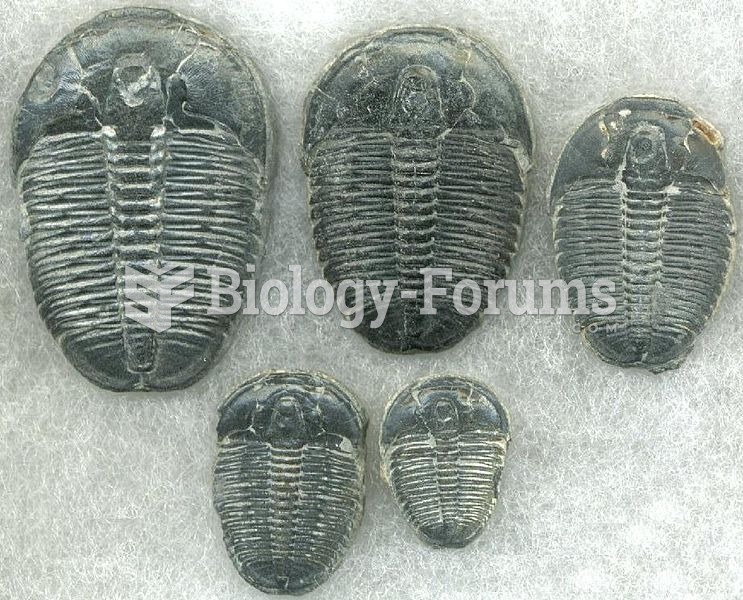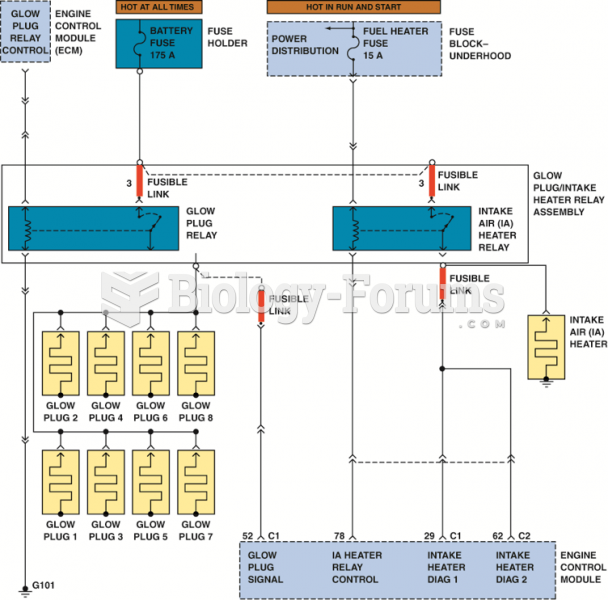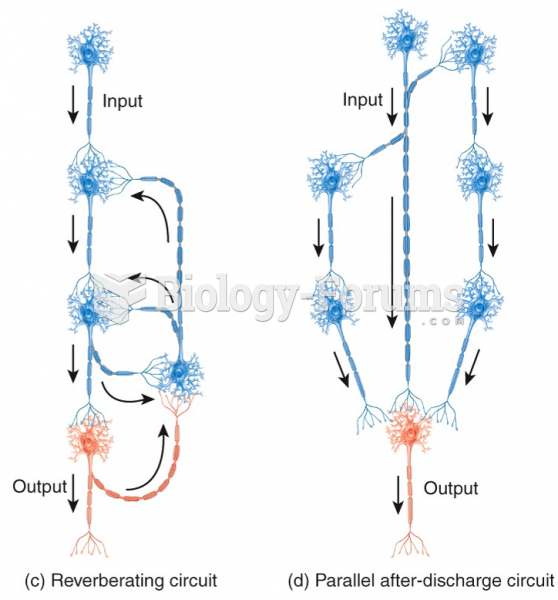|
|
|
The cure for trichomoniasis is easy as long as the patient does not drink alcoholic beverages for 24 hours. Just a single dose of medication is needed to rid the body of the disease. However, without proper precautions, an individual may contract the disease repeatedly. In fact, most people develop trichomoniasis again within three months of their last treatment.
More than 150,000 Americans killed by cardiovascular disease are younger than the age of 65 years.
More than one-third of adult Americans are obese. Diseases that kill the largest number of people annually, such as heart disease, cancer, diabetes, stroke, and hypertension, can be attributed to diet.
The human body produces and destroys 15 million blood cells every second.
Egg cells are about the size of a grain of sand. They are formed inside of a female's ovaries before she is even born.







